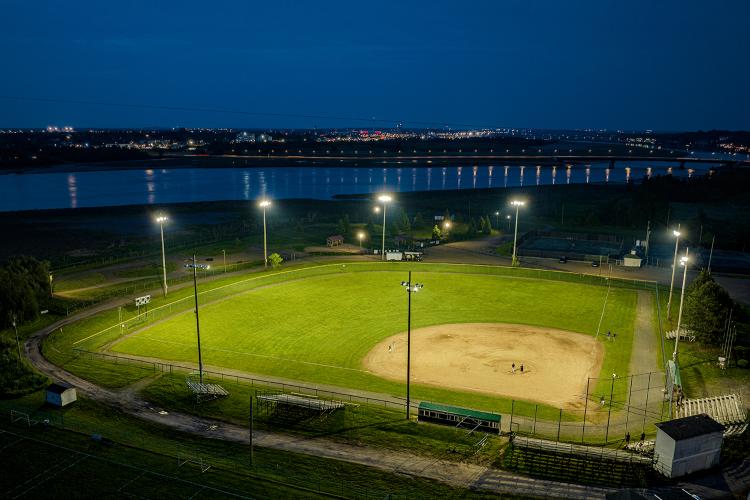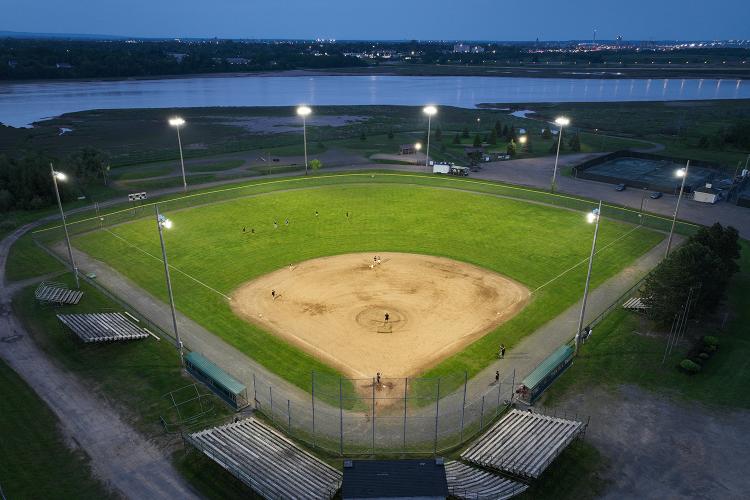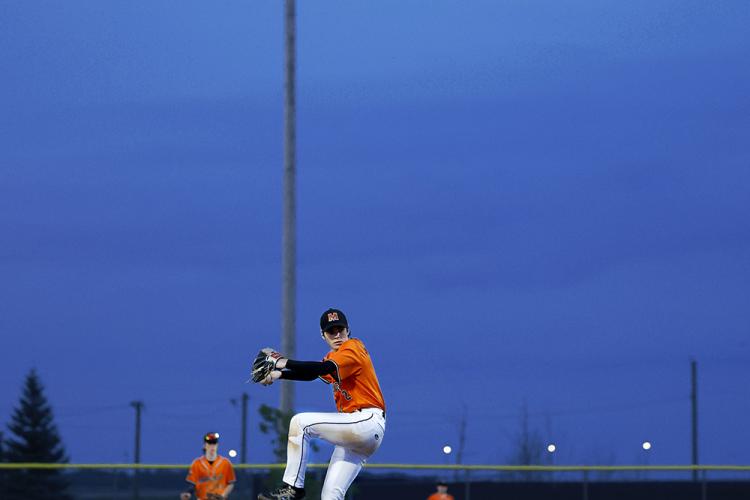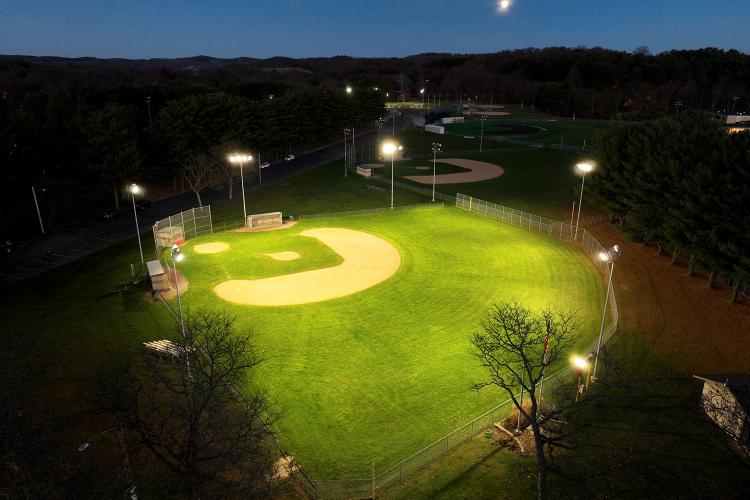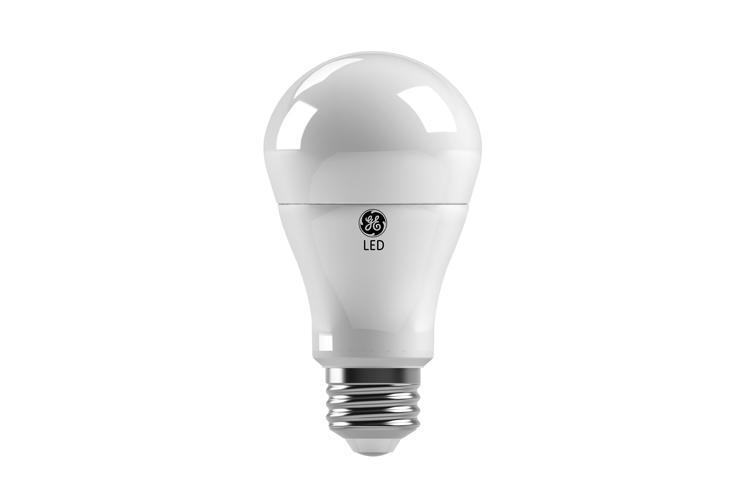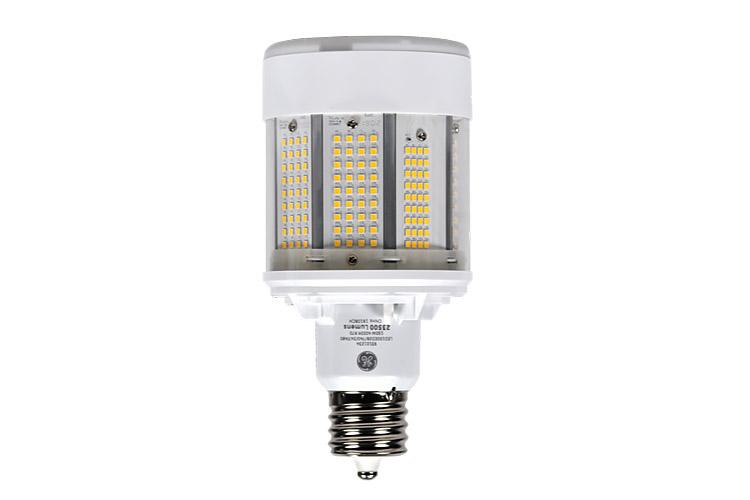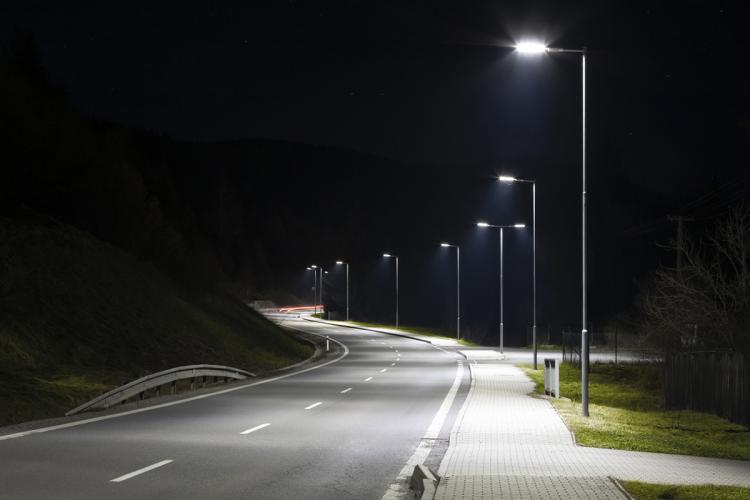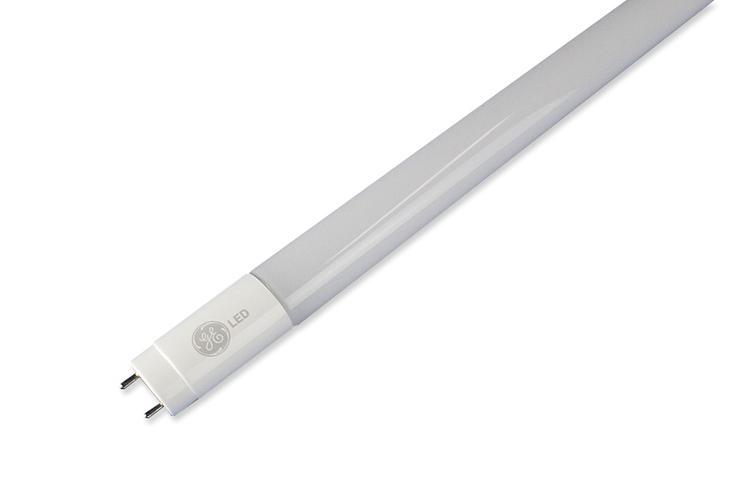Ballfield Benefits from New High Output LED Lamp
Ballfield Benefits from New High Output LED Lamp
Baseball is a challenging sport to play. Even the best hitters fail to reach base safely more than half the time. It can be even tougher at night on a poorly lit field, when an outfielder can have trouble seeing the ball as it moves through pockets of shadows and bright light.
Players had been subjected to those conditions on a baseball field in Riverview, New Brunswick, Canada due to old HID lighting. So, the town decided it was time to upgrade to LED lighting. But they weren’t ready to replace all the fixtures. Instead, the 40 existing 1500W metal halide lamps were replaced with the brightest LED lamp in the world.
Current stepped up to retrofit the eight poles surrounding the field with the new 470W high output BT56 LED. At 85,000 lumens, these lamps provide 30% more light than any other LED lamp on the market. And because they fit within the BT56 ANSI shape profile, there’s no reason to change fixtures.
Graybar Canada Account Manager Danny Melanson thought the lamps were a great choice for the application. “It was a great cost saving solution,” Melanson said. “We used the BT56 LED instead of new LED heads which at times can be over budget.”
There were several benefits from this project.
The new lights came with a noticeable improvement in light uniformity. There were fewer “hot” and “cold” spots, especially in the outfield. This was partially because the facility managers had only been replacing lamps that went out, leading to different light levels from each lamp.
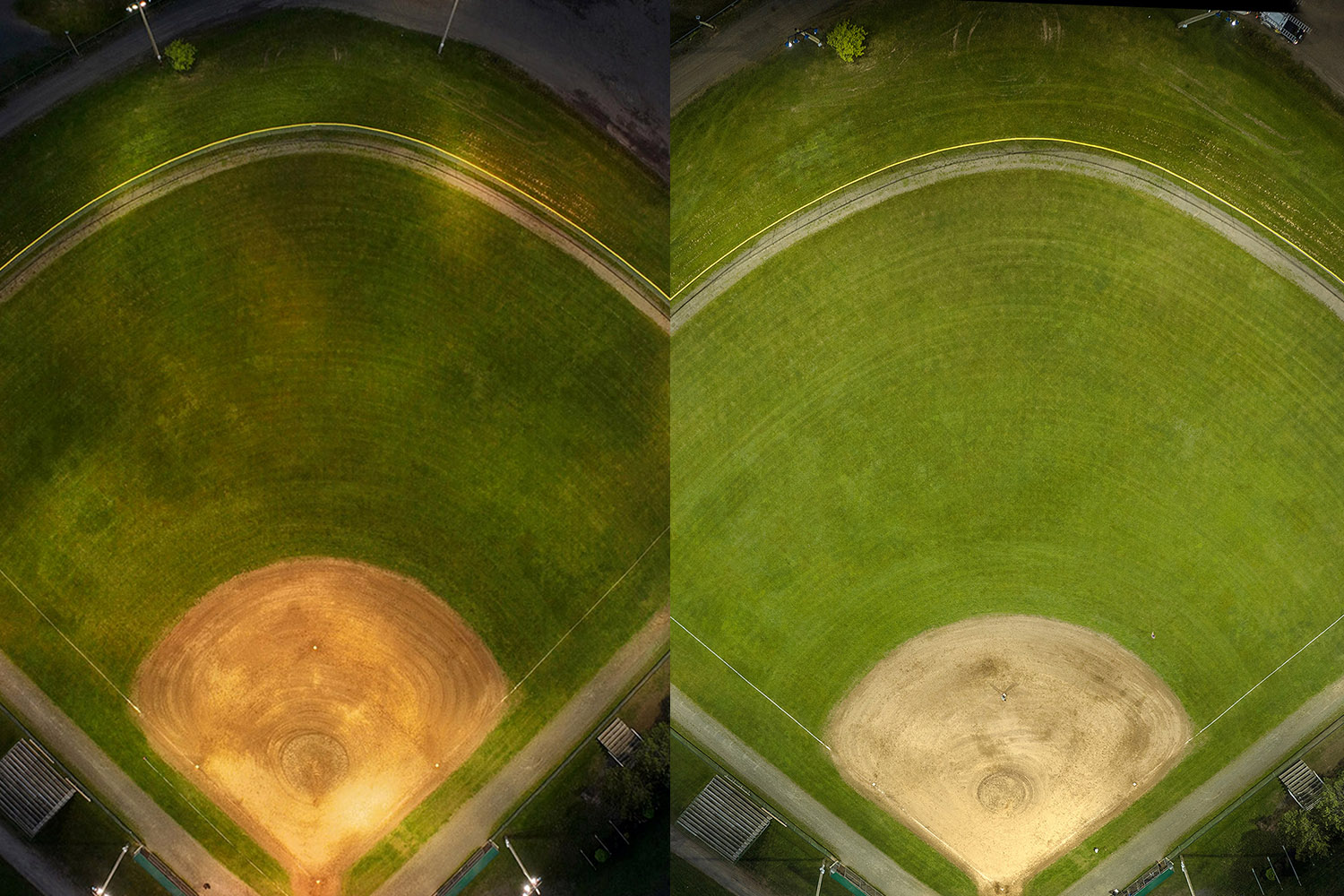
S&D Lighting Group Specification and Distribution Sales Associate Dale Morton said that after the change the uniformity was outstanding. “It was definitely a textbook case of group relamping vs. spot relamping.”
The 470W LED lamps are offered in 4000K and 5000K color temperatures. 5000K lamps were chosen for this project, an option that did not exist with metal halide. “The overall appearance of the field drastically changed to vibrant green colors under the new GE LED 5K bulbs,” Morton said.
Beyond the improved aesthetics, enormous energy savings were realized. A 73% reduction in power was measured at the site, which aligns with expectations. This is the result of a 1620-Watt system (1500W lamp + 120W ballast) being replaced with a 470W LED lamp that runs off 277-480V mains voltage. All of Current’s LED HID replacement lamps are UL Type B, commonly referred to as “ballast bypass.” Removing the ballast from the equation means one fewer piece of equipment to service, and many ballasts associated to older lighting are also being discontinued, so the move to Type B LED lamps eliminates that pain point. The familiar “hum” of the ballasts also goes away with the switch to LED.
According to Bill Wright, Current LED Lamp Product Manager, Current’s innovative lamp design sets the new BT56 apart. “What makes this lamp possible is our proprietary active cooling design using a fan in the end that draws air through the lamp,” Wright said. “It helps to manage the thermals and keeps the electronics cooler, including the LEDs, which allows us to get that high output but still maintain a relatively compact shape. In the 470W BT56, we also use an LED package normally used in roadway fixtures, enabling the industry-leading 180 lumens per watt.”
As with most HID to LED retrofits, there will be huge savings in maintenance costs, too. The LED lamps have a 50,000-hour L70 rating as compared to the 3,000-hour rated life for 1500W metal halide lamps. The difficulty and cost of servicing lamps high up on poles makes the longer life of LED lamps a major benefit. Crews will need to be up on lifts replacing HID lamps as many as 16 times during the life of one LED – and even more often if spot relamping is done.
Another advantage of LED over HID is the instant on feature. After short power outages there’s no more waiting for the lamps to cool down, get turned on, then warm back up to full brightness again. Even after a quick outage or sudden cloud cover, LED lamps are ready to turn on at the flip of a switch. No more waiting on the lights to continue a game.
“With the instant on and low maintenance factor this type of retrofit should definitely appeal to municipalities and sports groups looking for a cost savings LED option for their fields and courts,” Morton said.
Everyone involved in the project walked away happy with the result, and the athletes and fans of Riverview, New Brunswick can now see better when they play ball at Harold Page Field.


